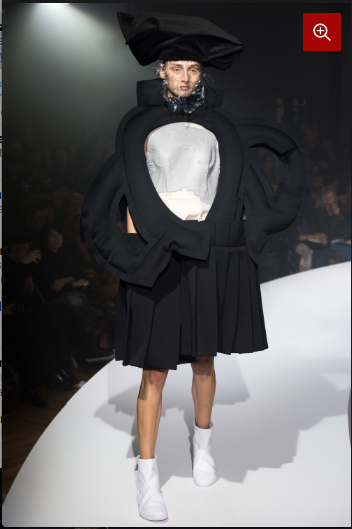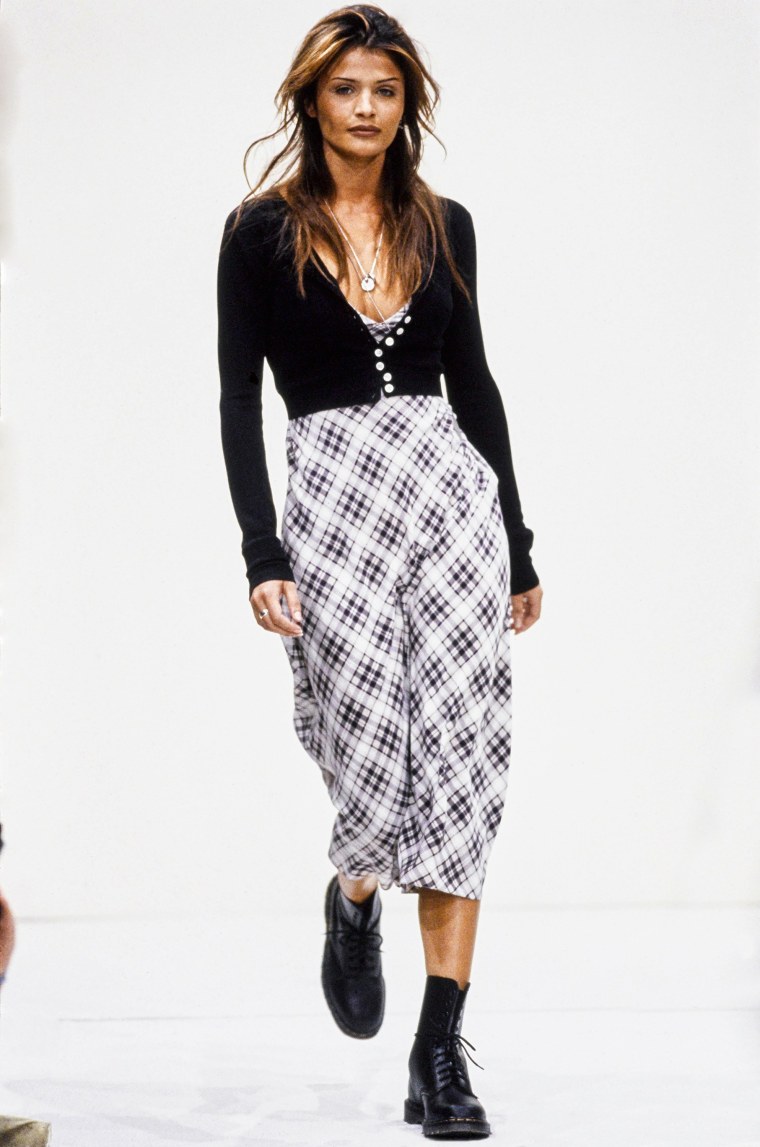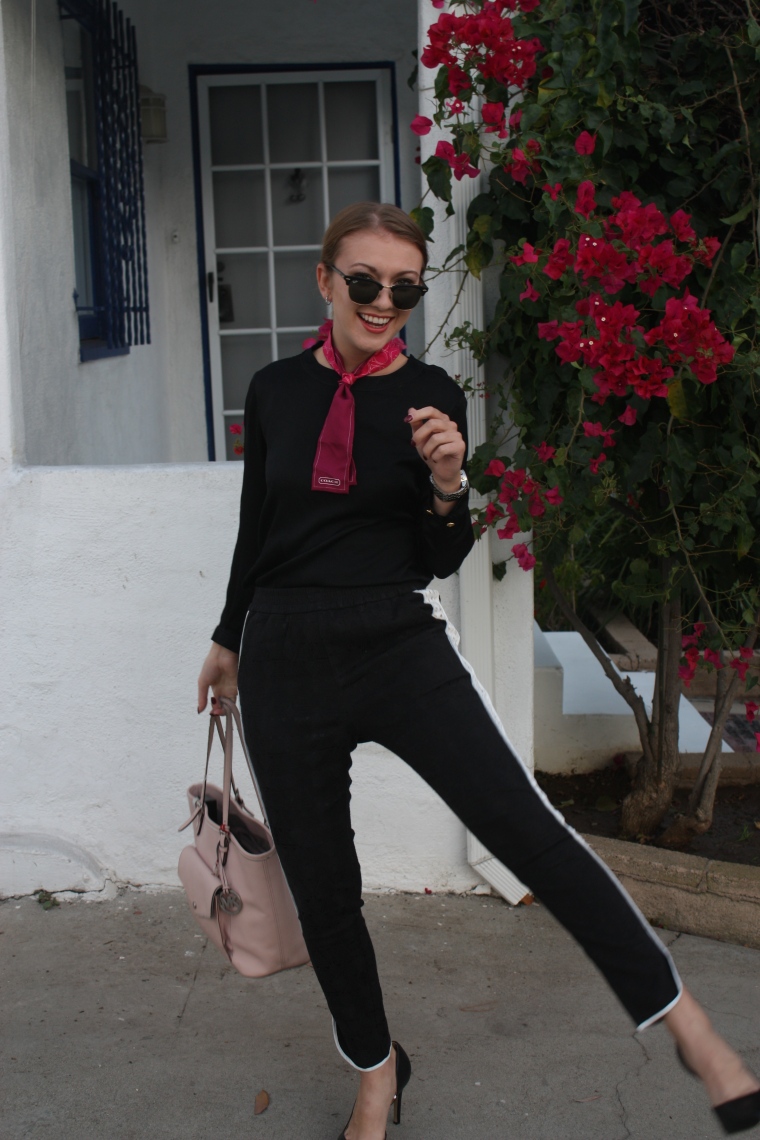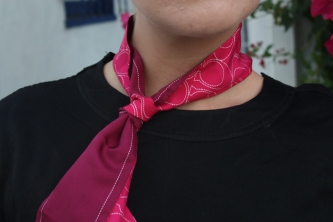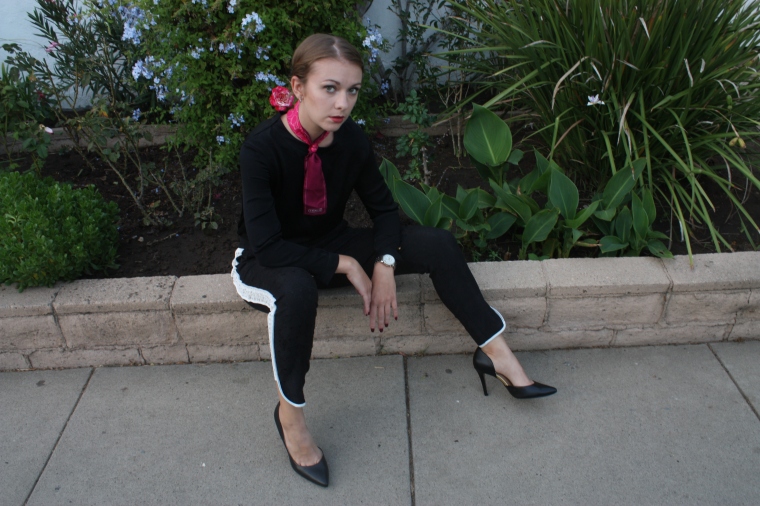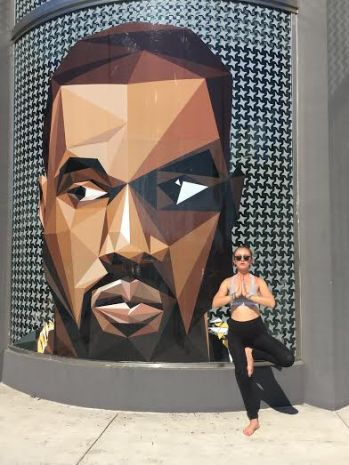gofund.me/5yf7k7u4
I realize that I have not updated in quite some time. I lost inspiration and didn’t really know what to write. Now I’m feeling it more, but I wanted to talk, not about clothes, but about one of the most important four months of my life, though my reaction and manner of talking about it changes the more I learn.
Right now, I’m trying to forget about the complications, and focus simply in what I know is right. I am organizing a gofundme campaign for an organization based in Ethiopia that I worked closely with while I was there during the course of my gap year. Now is a time this organization is truly in need of aid, and I am trying to put aside the more complicated aspects of what I have learned since I went there (though the complications are an important part of the piece), and lay out some facts.
Here is the gofundme, and gofund.me/5yf7k7u4 any donations are greatly appreciated.
In 1984, Ethioipa experineced a horrible drought, which caused incredible food shortages and devastated the population. If you closely you scour the “Africa” section of the BBC, you know that Ethiopia is facing another drought. (http://www.bbc.com/news/world-africa-34783604) . Though irrigation has improved in the last 30 years, huge food shortages are still expected. Those already suffering, specifically homeless youths, will undoubtedly be some of the hardest hit by this crisis, and most in need of immediate aid.Yenege Tesfa is an amazing NGO that benefits children on the streets of the city Ethiopian Gondar, an area that is already feeling the effects of this situation. http://www.yenegetesfa.org/
Nigisti Gebreslassi, the woman–force of nature–at the helm of Yenege Tesfa started the organization while she was still in high school, and is easily one of the individuals most driven by selfless motivations that I have ever had the pleasure to meet. She wanted to create a place the the numerous children she saw on the streets of her city could not only grow up–but grow up strong, happy and healthy. I have seen some of the amazing work done by this organization, and in a time of crisis, these needs are all the more dire, and will take infinitely more effort and resources to meet. The organization has already worked to bring water to schools in surrounding areas that need it, and are in amazing position to do relief work of just this nature.
Being as selfless and driven as Nigisti is hard, but giving a few dollars for many of us is fairly. Any amount of money is helpful. This campaign is to spread awareness of the situation there and make donating easier, since, at the moment, all the organization can accept is a bank transfer. We need to put resources in the capable hands of individuals who are working to not only provide immediate relief, but seek long-term solutions. Those who live there are the ones most equipped to do something, and they, rather than outside organizations who don’t understand the issues. That’s all that really matters: it’s a great organization that can help with a big problem, so please, please help out.
gofund.me/5yf7k7u4

I recognize that this seems like a strange plea to come from some random American college student, and this is all so incredibly much bigger than me, but I did want to provide some background to my connection to Yenege Tesfa and Gondar. Through my time engaging in some voluntourism.
Back in 2011, I took a gap year between college and high school which took me to, among other places, Gondar Ethiopia. Right off the bat I will fully admit that my choice to take the year off was motivated mostly by curiosity and a far-too healthy dose of hubris. I wanted to travel instead of going off to a college that was by no means my top choice, and I figured a year would be enough time for the sting of rejection to fade. After all, spending an extended period of time in a country I would probably not otherwise even visit sounded cooler than a semester of college anyway. Wanderlust had a hold of me, and the idea of seeing parts hitherto unknown was a point of unimaginable excitement. Through connections and referrals I found a program, and figured why not try Ethiopia?
My program was a Gondar-based NGO, Link Ethiopia, that allowed me to teach supplemental English classes for four months. This job essentially put me in front of a class of around 50 middle school students leading improv games, hangman and short story writing. Despite my best efforts, I would be lying if I said I thought any of the kids got a fraction from my classes as I got from each day teaching it.
The experience was complicated to say the least. Despite the incredible warmth of just about everyone I met, living alone in an apartment by myself in a foreign country made for some lonely afternoons. I therefore sought additional avenues of involvement and people to meet–I wanted to get as much out of my time there as possible. So, the director of my program put me in touch with Yenege Tesfa, so I could help out with one of their food distribution ventures. Through this, I developed a friendship with the program’s founder, Nigisti, which led to wonderful evenings of TV watching, delicious food and great conversation.
Through this friendship, I also discovered that some of my best students were children who lived in Yenege Tesfa homes. These students exhibited an incredible grasp on the English language and were keen to pick up an enthusiasm for the joys of books. These children had once been begging in the streets. Through the culture fostered at the homes, they were now equipped with the power that only an education and a strong support system can bring. One boy had been paralyzed from the waist down, forced to drag his body by his elbows. Through the health care provided by Yenege Tesfa was able to not only walk, but was often late to class because he wanted to finish his pickup soccer game. He also happened to be the most precocious student I had. I only witnessed a tiny portion of the incredible impact this organization has had.
When I left Ethiopia, I almost mythologized my time there, trying to reconcile it with the entirely different world of America at Christmastime I thrust myself back into. My comfort zone had been stretched, misshapen and essentially burst with each morning waking up in my accommodation to the sounds of the church processional before dawn, each afternoon acting out “The Ugly Duckling” to a class full of confused 13 year-olds and each evening watching the BBC with my landlady (in what I now see as one of the greatest acts of compassion I have witnessed given her lack of English and my lack of Amharic). But being away from the source of change can alter the reaction, creating that dreamlike quality around a different, though equally valid time in your life.
Re-entering into a world of liberal arts school, I was forced to confront the systems of political power that had put me in a place of privilege to go there in the first place, even if my headspace going in had been that of excitedly curious naivete. I like to think I grew as a person, but so much of the experience had been about me. Essentially I was in a place of such absurd privilege that I got more out of my own act of supposed charity than I could possibly give back. The amazing warmth I was shown, paired with guilt associated with the recognized imbalance has left me unsure of how to talk about my experience, or what actions to take at home. Despite my curiously naive motivations, just wanting to see a new country, I unknowingly played into a system of voluntourism, something that often ends up doing more harm than good. It’s a system where people are either trying to assuage white guilt and “help out”, but having no real skills to bring to the table, add little else than gawking. It’s also often run by foreign organizations, who just really don’t understand the area they’re coming into. There are numerous articles on the subject, and I have read a bunch since coming back. Though my program was run by Ethiopians, and I wasn’t foolish enough to feel like I was actually doing any larger good than engaging with people and making new friends.
So, not wanting to seem like one of those people, I haven’t engaged with the experience as much as I could have. I haven’t known how to talk about it–and I still don’t, as evidenced by how decidedly short this part of the essay is. This time has undoubtedly shaped who I am as a person, and becoming aware of some of the negative sides of an experience that has, in some ways, made me who I am has made me unsure of how to talk about it as an overall experience. At the time, I didn’t think about how my curious naivite played into a larger system.
My friendships with people in Ethiopia and the importance of the relationships I have with so many people there made look twice (really three or four, or constantly) about the concept of giving aid. It is such a loaded issue, one that leaves so many of us unsure if there is anything to do to proceed, and lord knows this is only musings, as opposed to saying anything concrete. I’m still figuring so much of this out.
Many of these supposed relief organizations have nefarious sides to them and it’s undeniably difficult to wade through all of that. Then, there’s the idea of coming in as saviors which doesn’t respect the autonomy and personhood of the individuals they are supposedly helping, creating a cycle of dependence. So I have no idea where I fit into all of this. Learning about and thinking more about all of this, since returning, I have been stupidly and selfishly paralyzed.
But the fact is, that it obviously isn’t about me, and any complicated feelings I have about trying to do some good, with organizations I genuinely trust. My feelings or reputation are not what’s important. Looking at it now, there are people I trust implicitly in Gondar, and some excess resources in America. It seems absurd not to put those resources in the hands of the amazing people who will genuinely do something good with it. Yenege Tesfa are those people, and friends whom I trust, and I definitely don’t doubt the truth of those relationships, even if I do doubt how much good I actually did while I was there.
The staff is not foreigners coming in with little to no understanding of what they are doing–they are people working to create long-term institutions within their own neighborhoods. They are working to do more than just put on bandaids, but are knowledgable, compassionate people who are setting up institutions. They are allowing children to receive education, which I do believe can create long-term aid. Hearing about a drought affecting Gondar, the option of doing nothing simply flew out the window. My gap year put me in the fortunate position of meeting Nigisti, and all the amazing kids at Yenege Tesfa. The kids are absolutely incredible and this city needs support now more than ever–her team can do amazing things with any amount of money they receive.
So there’s my plea, and my relation to it. If you do have any questions, please feel free to contact me!
gofund.me/5yf7k7u4




















